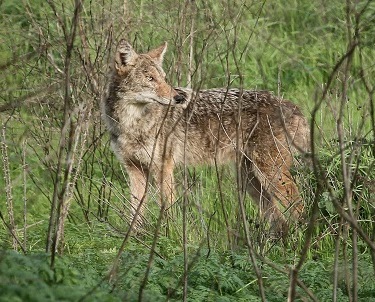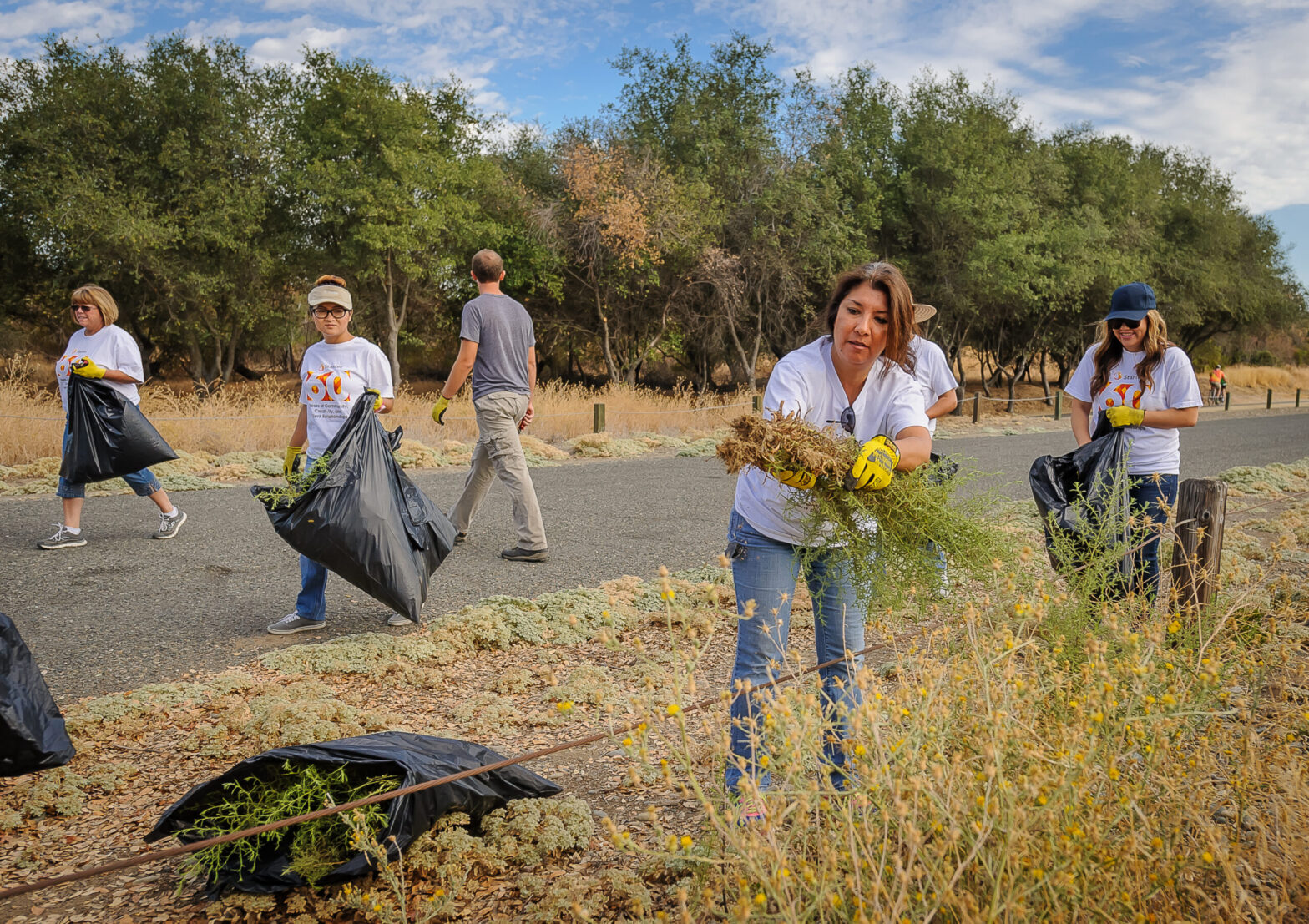Locations chosen for counting do not reveal the whole crisis on the American River Parkway SACRAMENTO, Calif. – The latest data from the Point in Time Count (PIT Count) does not show the true picture of the homelessness crisis on the American River Parkway (Parkway), according to the American River Parkway Foundation (Parkway Foundation). Seven sites on the Parkway were surveyed, resulting in only 594 illegal campers being included in the PIT Count. All of those were along the portion of the Parkway that runs through the City of Sacramento. “The American River Parkway is ground zero for the homelessness crisis in Sacramento County. Even such a small sample size shows the large percentage of unhoused individuals that are illegally camping in the Parkway,” said Dustin Luton, president of the Parkway Foundation Board of Directors. “Imagine what the count would have showed if the whole Parkway had been included.” The Parkway stretches 23 miles from the confluence with the Sacramento River up to the Nimbus Dam. Less than 10 miles of the Parkway runs through the City of Sacramento. Impacts of illegal camping on the Parkway are evident by the number of fires that have occurred near encampments this year, including the 22-acre fire near Campus Commons, the 5-acre fire that threatened homes in Carmichael, another 5-acre fire that threatened homes near Guy West Bridge and, just yesterday, a 16-acre fire in River Bend Park. Other environmental impacts include soil compaction, environmental pollution and disturbance of wildlife habitat. “Thanks to the efforts of volunteers that are on the Parkway on a regular basis, including our Mile Stewards, we have been able to track the illegal camp sites on the Parkway and determine the areas of high concentration,” said Dianna Poggetto, executive director of the Parkway Foundation. “We recognize the difficulty that can be present with gathering enough volunteers for an effort like the Point in Time Count. We want to bring awareness to the fact that this issue is much greater than these numbers show, which is why it’s important our leaders take action now.” The Parkway Foundation formed the Voice of the Parkway Coalition to help Sacramento County address the homelessness crisis. This includes working with business leaders – like Five Star Bank – to help find land for shelters. The Voice of the Parkway Coalition also mobilizes concerned community members to urge local leaders and municipal employees to develop an overall homeless plan that includes social services and clear goals and timelines. More details about the Voice of the Parkway Coalition can be found at www.ARPF.org/VoiceOfTheParkway. About the American River Parkway Foundation The American River Parkway Foundation (Parkway Foundation) is the only nonprofit organization focused on active conservation of all 23 miles of the American River Parkway (Parkway). Through managing programs like volunteer clean-ups, infrastructure improvements, trail maintenance, fire mitigation and education, the Parkway Foundation leads and inspires the community to conserve and nurture the Parkway as a unique, accessible… Continue reading American River Parkway Foundation Responds to the Low Data Present in the Latest Point in Time Count
- Phone: (916) 486-2773
- info@arpf.org
- give to arpf
- Join/Renew
- email signup


